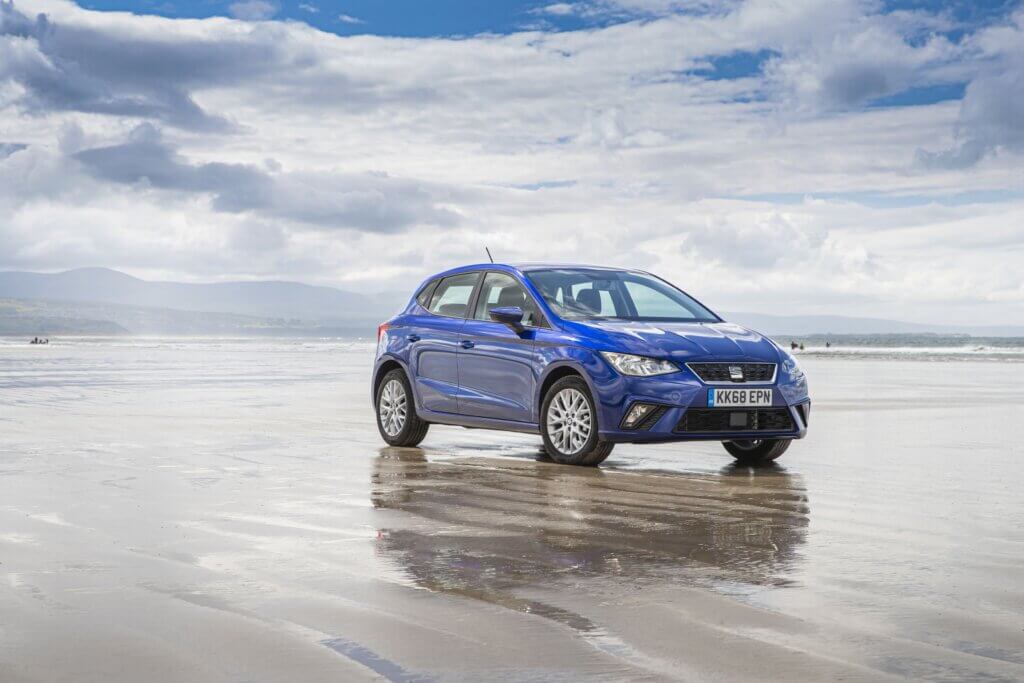Buying, owning and running a car can be one of the biggest expenses and outgoings, but for many, a car is essential to our day-to-day lives. At Motors.co.uk we know that owning and running a car can be expensive, which is why we want to help you to switch to a used car that is cheaper to run and insure.
Insurance costs have spiralled in recent months, and are now 21 per cent higher than in 2022, according to the Association of British Insurers (ABI), which only increases the pressure. If you’re wanting to reduce your car’s running costs, switching to something cheaper to run and insure is a great plan. We’ve picked out 10 of the best used cars available that will be cheaper to run and insure, with prices to buy starting from only a few thousand pounds.
There is no ‘one size fits all’ in the car world, so we’ve pulled out vehicles of all shapes and sizes that can help cut your motoring bills, from smaller city-aimed cars to larger, more family-friendly MPVs and SUVs.
Just remember that you could always obtain an insurance quote, ideally through a comparison site, to give you an idea of what a premium might cost, before signing on the dotted line.
So let’s dive in and look at 10 of the best used cars that are cheap to run and insure.



